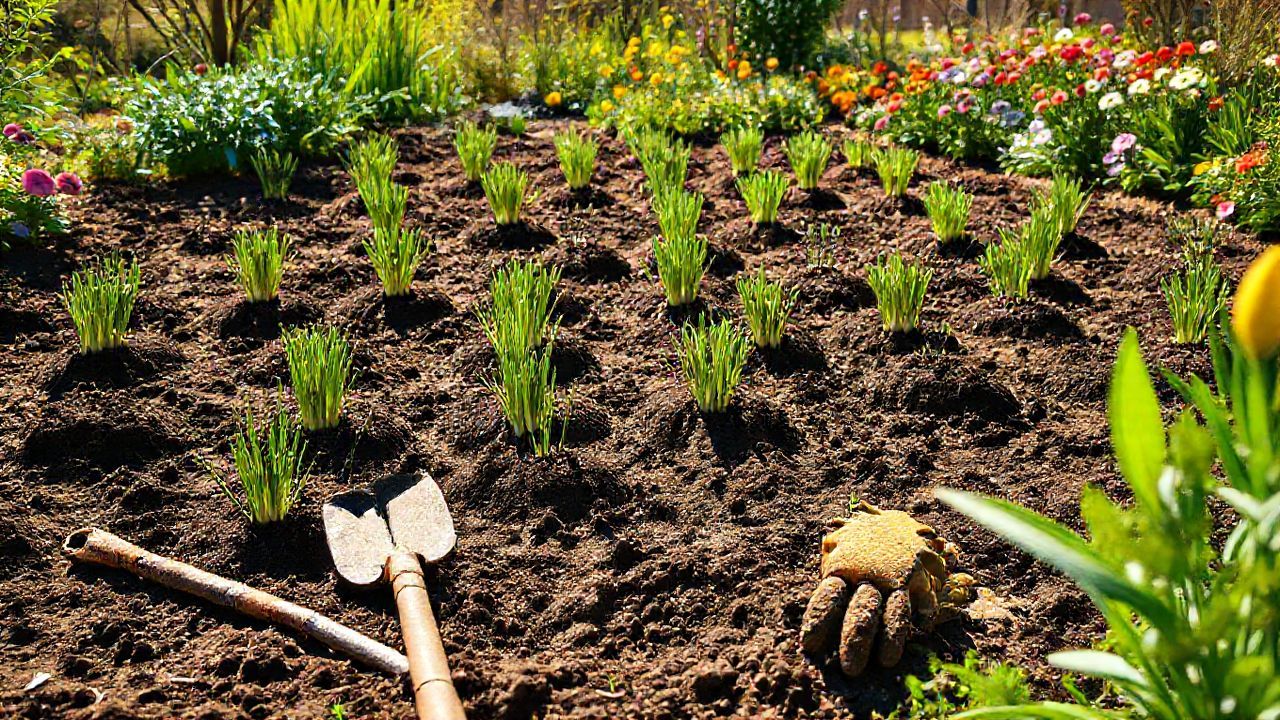Introduction to asparagus
Asparagus, a perennial vegetable, offers a delectable treat each spring with its tender, flavorful spears. To ensure a bountiful harvest, timing is crucial when it comes to planting asparagus. The ideal time to plant asparagus crowns (roots) varies depending on your climate and region.
In temperate climates, fall is the prime season for planting asparagus. The cooler temperatures and ample moisture provide ideal conditions for root establishment. Planting in the fall allows the crowns to develop strong roots before the onset of winter. In cooler regions where the soil freezes, spring planting is recommended after the last frost date, ensuring the soil has warmed sufficiently for root growth.
When selecting the optimal planting time, consider the following factors:
Soil temperature: Asparagus thrives in well-drained, loose soil that warms up quickly in the spring.
Crown maturity: It’s best to plant 1-year-old crowns that have been well-rooted and dormant.
Weather conditions: Heavy rainfall or extreme cold can hinder planting. Choose a dry, frost-free day for best results.
By following these guidelines, you can ensure that your asparagus plants get off to a strong start and produce delectable spears for years to come. Remember, proper planting techniques, including selecting healthy crowns, preparing the soil, and providing adequate spacing, are essential for a thriving asparagus bed.
Why timing matters for planting asparagus
Planting too early can subject asparagus crowns to frost damage, while planting too late may result in insufficient root development before the onset of heat and drought. Asparagus is a perennial vegetable that requires at least two years to mature, so proper timing is vital to ensure a successful and productive harvest for years to come.
Best seasons to plant asparagus
To plant asparagus, dig a trench about 12 inches deep and 18 inches wide. Mix in some compost or manure to enrich the soil. Place the asparagus crowns in the trench, spacing them about 12 inches apart. Cover the crowns with soil, leaving the tips exposed. Water the asparagus well, and mulch around the plants to help keep the soil moist and cool.
Asparagus will take about 3 years to mature and produce a full crop. Once established, asparagus plants will produce spears for 10-15 years. Asparagus is a low-maintenance plant, but it does require regular watering and fertilizing. It is also important to keep the asparagus bed weed-free.
Step-by-step planting guide
Asparagus, a delectable perennial vegetable, is best planted in the spring or fall. In most regions with temperate climates, the optimal planting time is in spring, typically from March to May. Soil temperatures should have reached a consistent 50°F (10°C) or higher for the asparagus crowns to establish properly. Planting in warm soil encourages vigorous root development and a strong root system, which is crucial for the plant’s health and productivity in the years to follow. Fall planting can also be successful in mild climates where the ground does not freeze deeply. However, it is crucial to ensure that the crowns have ample time to establish before the onset of winter.
Caring for young asparagus plants
Asparagus is a perennial vegetable that can be grown for many years in the same location. It is best to plant asparagus in the spring or fall, when the soil is cool and moist. In warmer climates, asparagus can also be planted in the winter.
When planting asparagus, it is important to choose a well-drained site that receives full sun to partial shade. The soil should be amended with plenty of organic matter, such as compost or manure.
To plant asparagus, dig a trench that is 6-8 inches deep and 12-18 inches wide. Space the plants 12-18 inches apart in the trench. Place the roots in the trench and cover them with soil. Water the plants well after planting.
Asparagus plants will take 2-3 years to mature. During this time, it is important to keep the plants well-watered and fertilized. Once the plants are mature, they will produce spears for many years to come.
Here are some additional tips for caring for young asparagus plants:
Keep the plants well-watered, especially during hot, dry weather.
Fertilize the plants monthly with a balanced fertilizer.
Weed the bed regularly to prevent weeds from competing with the asparagus plants.
Mulch the bed with compost or straw to help retain moisture and suppress weeds.
Allow the plants to fern out in the fall. This will help the plants produce more spears the following year.

Leave a Reply